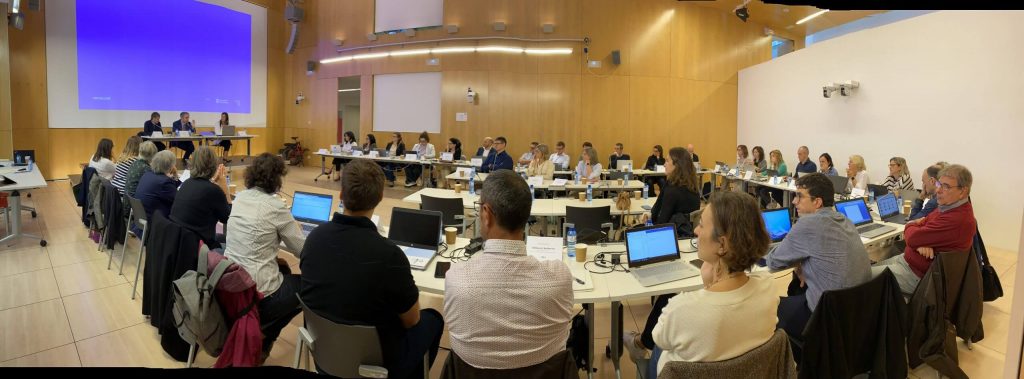Measuring research impact is a fundamental tool for monitoring publicly (and privately) funded initiatives, especially in terms of accountability and advocacy. In the former case, impact gives an idea of the return on investment and shows how financial support makes things happen and solves problems. In the case of advocacy, impact favours increasing awareness in society and especially those in government who make funding decisions on the usefulness of generating such impacts and understand the sense of continuing to support scientific initiatives.
Whatever the case, failing to measure impact means staying in the dark. Investing and putting money into certain actions without ever seeing their real impact is not the best option. This is why the world’s main, or at least most dynamic, scientific systems have for some years had in place impact assessment actions. Among them is the British case, where the 2014 Research Excellence Framework (REF) highlighted several thousand case studies from British universities, mainly to assess their impact and thus guide investment in R&D. On the other side of the planet, the Commonwealth Scientific and Industrial Research Organisation (CSIRO), the group of centres funded by the Australian Government, also launched a strategy to measure the impact of its research centres, explaining to the world what they know how to do well and the problems they have solved. The British case tackles accountability and the Australian one advocacy.
Recently at CERCA, in 2018, we started collecting case studies from a number of CERCA centres. These will be analysed and assessed by a committee of international experts to draw initial conclusions, refine the pilot methodology used and thus strengthen our accountability and advocacy. We expect to see the first results by the first half of 2019.
Impact assessment in research institutions is a necessity, especially for those that consume significant amounts of public resources in the Catalan research system. In the case of research, apart from the CERCA centres, serious impact measurements should also be made for large scientific infrastructures such as the Barcelona Supercomputing Center (BSC), the ALBA Synchrotron and the National Center for Genomic Analysis–Centre for Genomic Regulation (CNAG-CRG). Researchers, governments and the public need to be aware that these major initiatives are being carried out and what their positive consequences are. In the case of the BSC, there is a little information on its October 2018 impact assessment website, thus they may have seen the need for such analyses and are getting down to work. In the case of the ALBA Synchrotron, I know that an impact analysis was carried out in its early days, possibly still using primitive methodologies. This information should be retrieved and updated after the early years of operation. I do not know if the question has already been raised in the case of the CNAG-CRG, but it would also be a very good idea.
Let us all push forward on this.
GenderTalent
Bruna Vives
18/11/2022
The CERCA Institute has launched ÀGORA, an unprecedented and innovative programme for the managers of CERCA centres. ÀGORA focuses on management training and strategic challenges in managing research and innovation.



